Greetings, weather, and dumpling wisdom: here’s how to travel well in Nepal’s busy capital.
Nepal’s largest city and its capital, Kathmandu, attracts all kinds of people: students, travelers, job-seekers, and entrepreneurs. They arrive here to study, work or do business, but most never leave the city, which is now home to an estimated 3 million people. I, like many Nepalis, came to Kathmandu for education in the early 1990s and since then have been a resident, even an admirer. Despite its many flaws, I have grown attached to Kathmandu, whose deep-rooted traditional heritage sits comfortably alongside its modernity.
Kathmandu is also the first stop for international visitors who come to experience Nepal. The city and its people will welcome you with open arms—but it may also overwhelm you. Here’s how you can efficiently plan your trip.
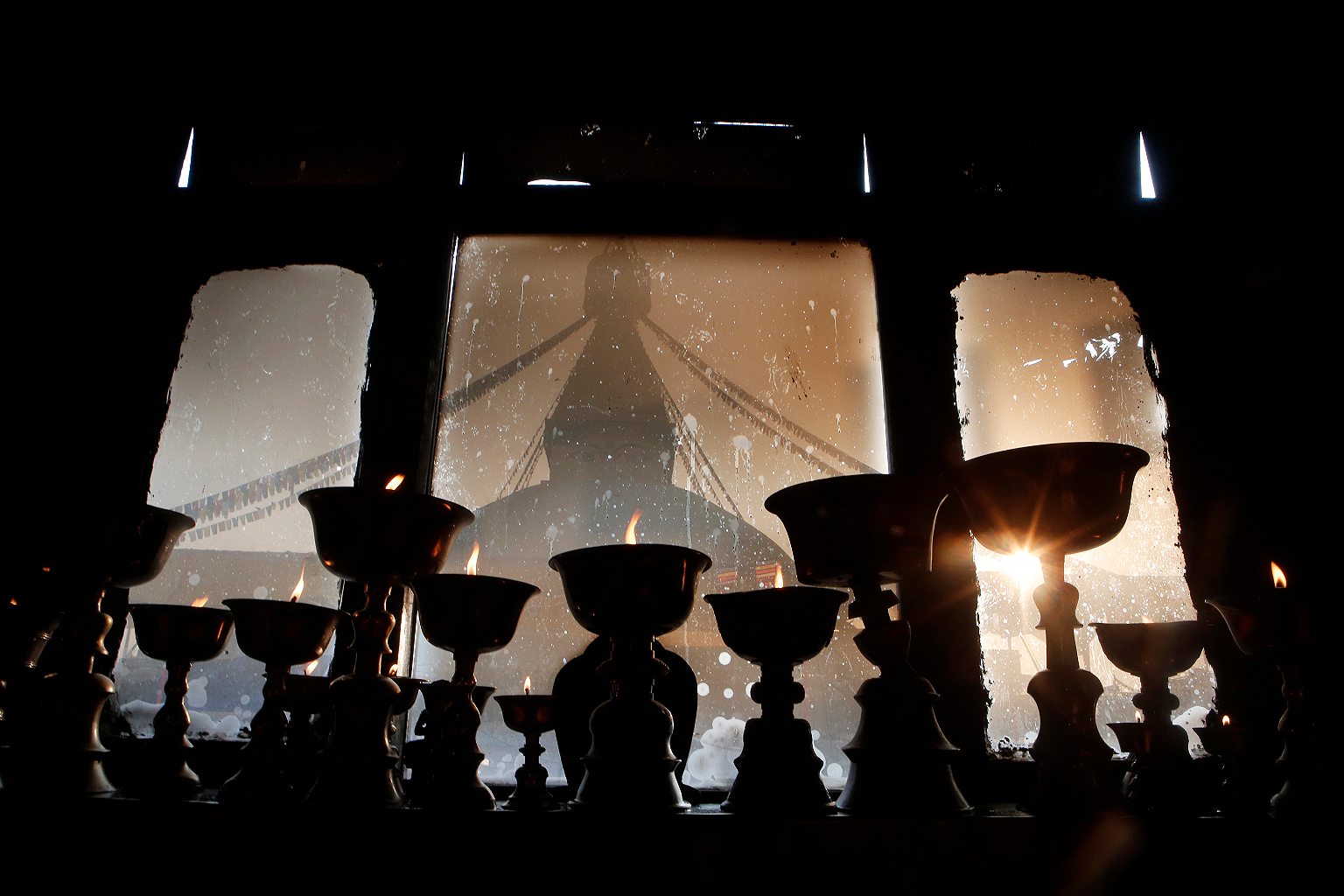

First, make it out of the airport. Nepal’s only international airport, serving Kathmandu, is a picture of chaos. The airport receives more passengers than it can handle. Though most foreigners are eligible for an on-arrival visa, it’s better to apply in advance at an embassy, which could save some time when you arrive. Sometimes the ATMs in the airport don’t work, so bring a few hundred U.S. dollars with you to change into Nepali rupees. And don’t forget to fill out the immigration form before you land, so you can join the long lines sooner. Every minute helps you get out of the airport sooner.
[Read: How to navigate Kathmandu’s international airport]

Don’t expect to see the Himalayas. Eight of the world’s 10 tallest Himalayan peaks are in Nepal. You can see snow-capped mountains from Kathmandu, which lies in a bowl-shaped valley in central Nepal. But for the mesmerizing view of the towering Himalayas, you will have to visit either in autumn (October and November) or in spring (April and May): February to early April is the so-called burning season, when forest fires and smoke from “slash-and-burn” farming across Nepal’s southern plains create a haze in the valley. That said, even during Spring and Autumn dense smog can obscure the view. But if you’re lucky, you can see Dorje Lhakpa (6,966 meters/22,854 feet), Ganesh Himal (7,422 meters/24,350 feet) and even Manaslu, the world’s eighth-highest mountain. If you go some extra miles from Kathmandu—such as the resort towns of Dhulikhel and Nagarkot on the city’s outskirts—you may catch a glimpse of Mount Everest.
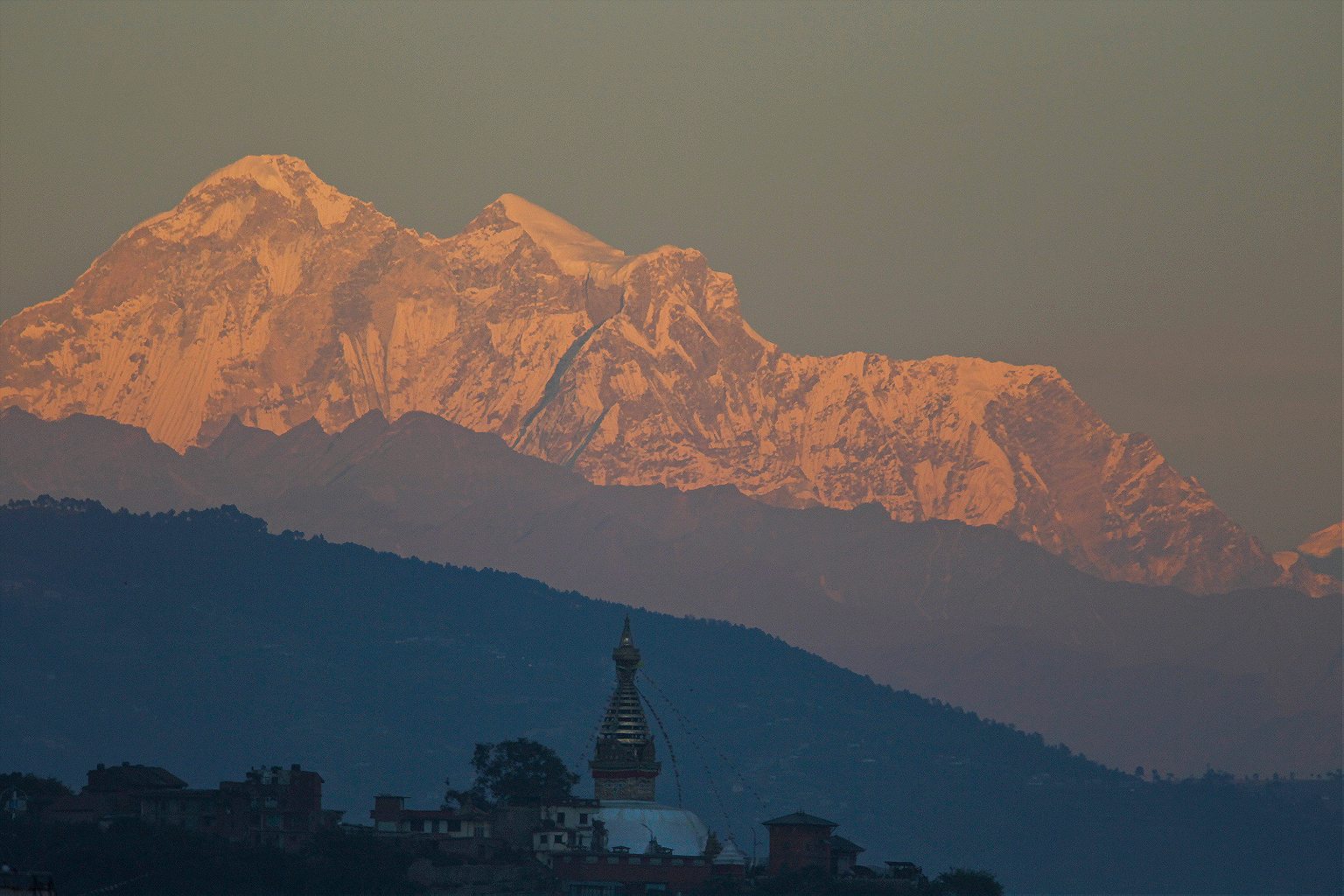

A mask is a must. Kathmandu is ranked as one of the most polluted cities in the world, which is why it’s sometimes called Maskmandu. Dust from road-widening projects, post-quake reconstruction, emissions from brick factories near the city, and of course, the smoke-belching vehicles that stay on the roads thanks to lax enforcement of regulations, have all contributed to the city’s growing air pollution. The city’s traffic department and local authorities have tried to keep the air clean by banning vehicles older than 20 years. Last year, the authorities also declared the tourist district of Thamel and inner parts of the city a vehicle-free zone, meaning cars, trucks, and mini-buses were not allowed to drive. While these efforts have had some impact, the best protection against pollution is a mask. For example, CleanAirNepal.com offers Vogmask for US$25 to US$30. These internationally-certified masks come with built-in filters.
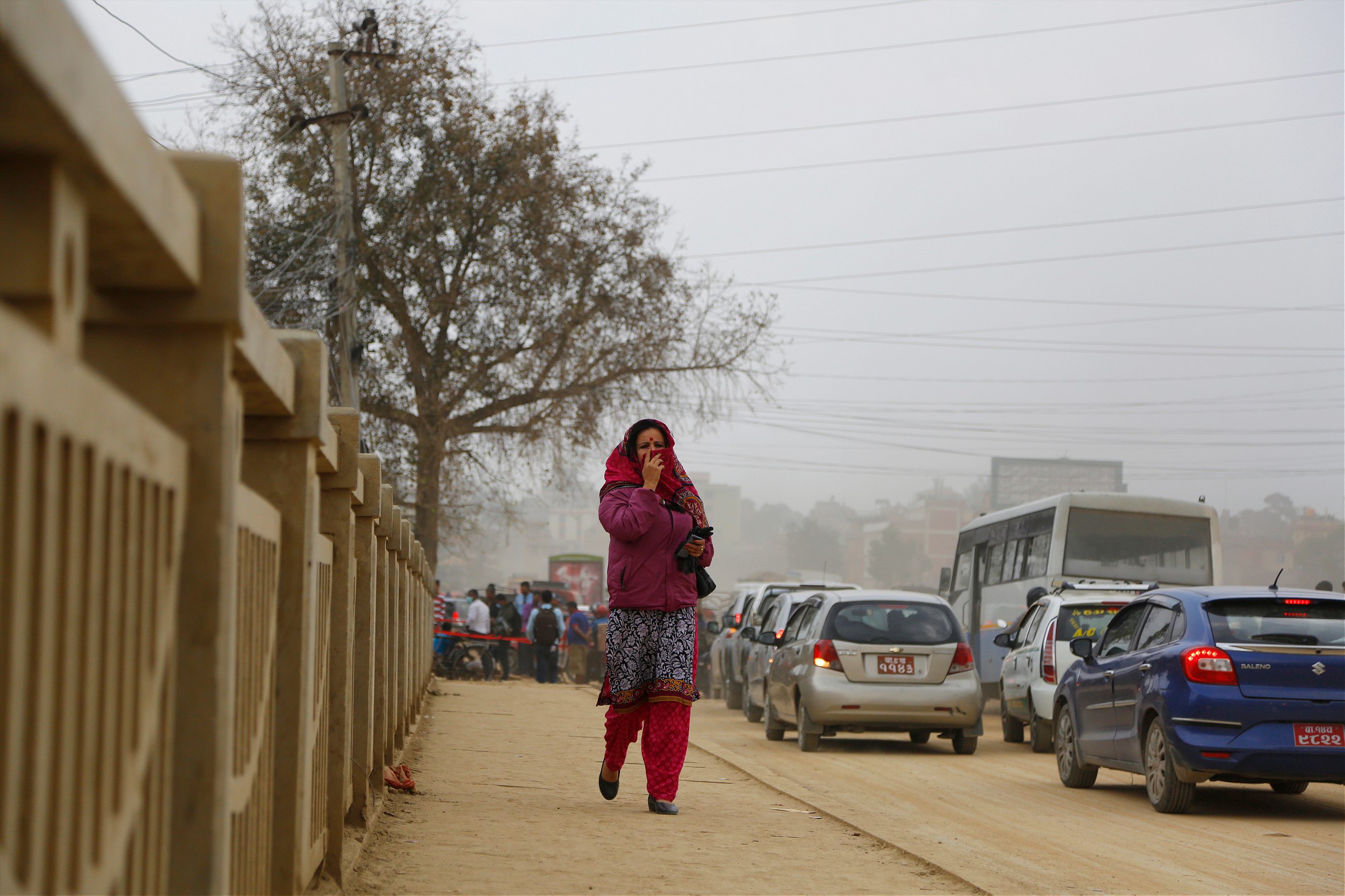

Learn to say hello. It never hurts to learn a few local words. You can say “Malai Thaha Chhaina” (I don’t know) to the ever-inquisitive Nepalis who may bombard you with questions about your country’s politics. Saying “Dhanyabad” (thank you) can work wonders. “Namaste” is the main greeting, and it’s even better if you also hold your palms together vertically in front of your chest—a gesture of respect. Other useful words include “Bhai” (young brother) or “Dai” (older brother) and “Didi” (older sister) or “Baini” (younger sister) because Nepalis use these words instead of names to address people, even strangers.

Get on Nepali time. Nepalis are not known for taking punctuality very seriously. Most appointments and meetings usually take place an hour after they are scheduled, which locals derisively call “Nepali time.” People may have legit excuses, such as traffic jams, but mostly it’s down to their relaxed attitude towards time. Showing up an hour late for an appointment is a norm, not an exception. This laid back attitude is reflected in services such as transportation, with buses and flights not departing—and arriving—on time, or government officials making you wait for hours. There’s no way around it. You’re welcome to be on time, and wait, of course.
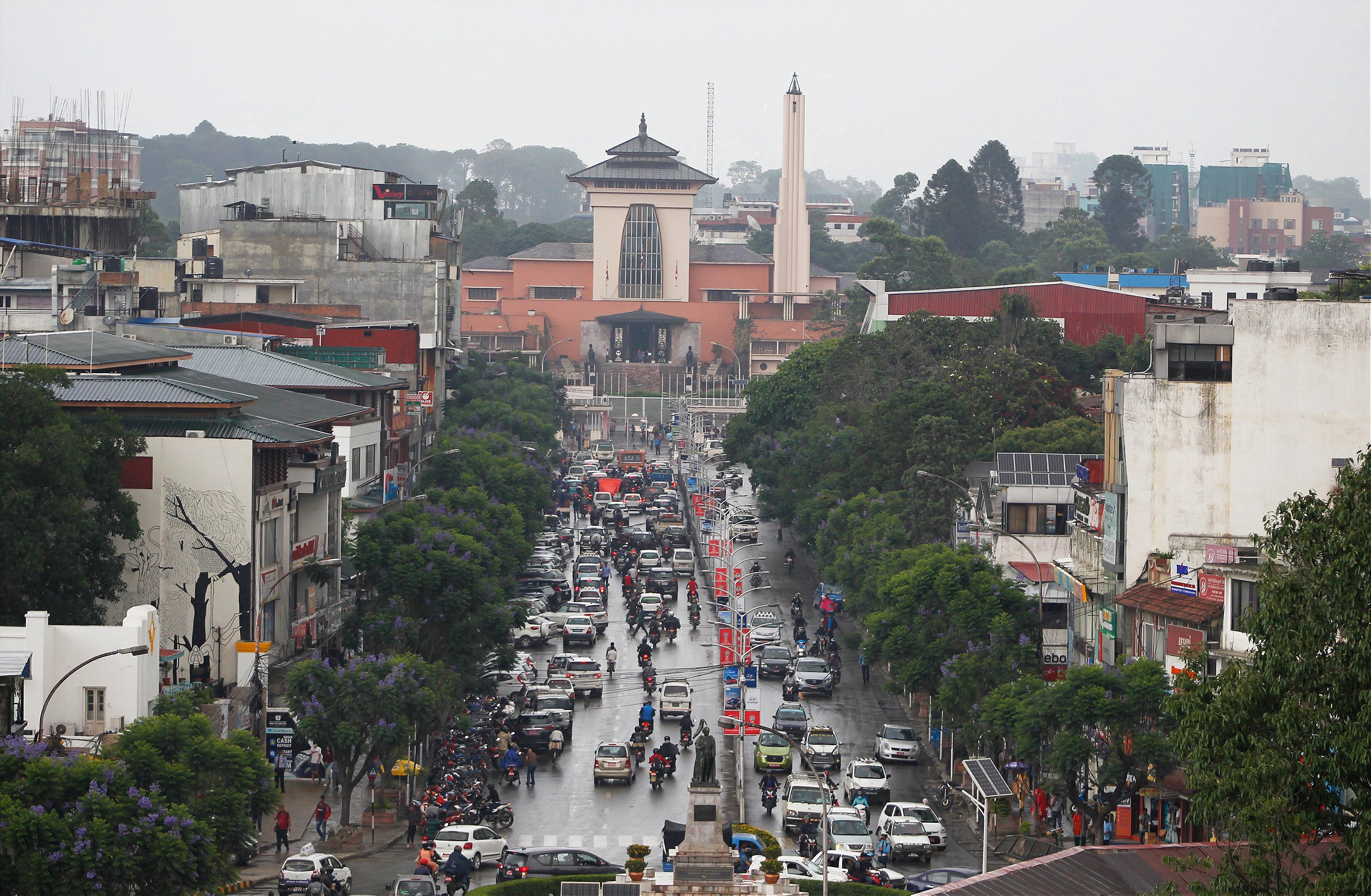

Try Newari and Thakali food. Kathmandu has many options for food-minded visitors, but you shouldn’t miss the local stuff. The Newars, an ethnic community indigenous to the Kathmandu Valley, have a sophisticated and diverse cuisine. Try a plate of mouthwatering chhwela (spiced meat or chicken barbecue), kachila (a kind of spiced mincemeat tartare) and bara (a cake made of lentils and egg.) Most Newari speakeasies are tucked inside narrow, dark alleys in the old part of town, but a growing number of upscale restaurants now include Newari delicacies on their menus. I am a fan, and I would recommend Newa Lahana in Kirtipur and Honacha in Patan’s Durbar Square. The Thakalis, whose name derives from Thak Khola, a valley in the Annapurna region, are a minority ethnic group that have mastered the art of the Nepali staple, daal bhat (rice and lentils), by transforming it into a delicious, elaborate Thali-style meal with heavy doses of sautéed vegetables, meat or fish, rice, pulses, curry, pickles, and even ghee. There are dozens of restaurants serving Thakali food, such as Tukche. (Here’s a list of Thakali restaurants in Kathmandu.)
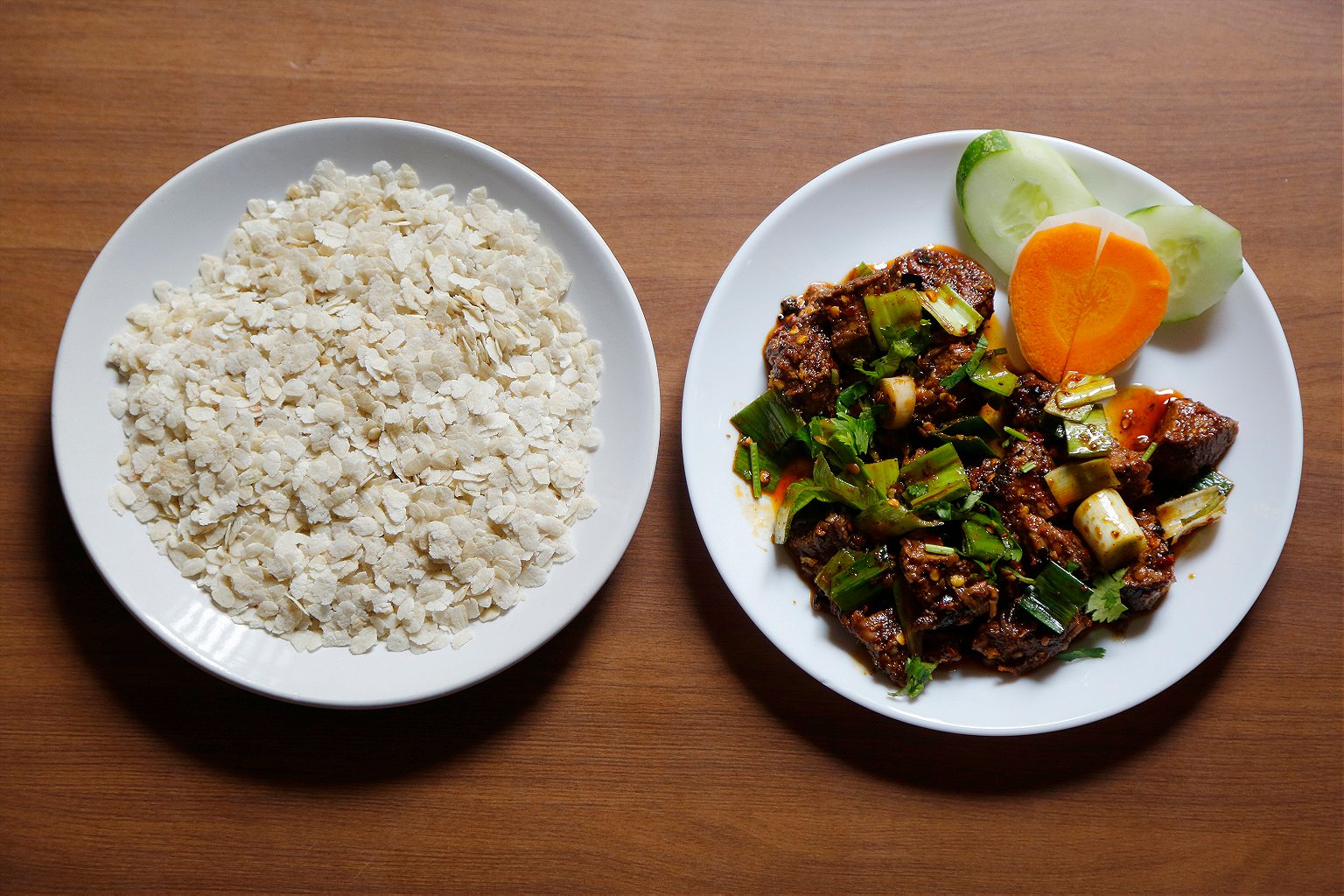

Discover Jhamel, the other Thamel. Most visitors to Kathmandu end up in Thamel, a tourist district made famous by the hippies who started coming to the city in the 1960s and 70s. Central and convenient, it caters to tourists and travelers, with stores for trekking gear and souvenirs, currency exchanges, European-style bakeries, and bars—everything an international visitor could need. But over the years, Thamel has become crowded and congested, and therefore, unappealing. Some smart entrepreneurs have established an alternative to Thamel: Jhamel. In the last few years, Jhamsikhel, in the Lalitpur district south of Kathmandu, has served expats and visitors a better version of Thamel: less crowded, good food, and a more pleasant environment. Its streets are lined with high-end restaurants, bars, and groceries.
[Take a walking tour of Thamel]

Choose your momos wisely. When Tibetan refugees arrived in Nepal in the 1960s and 70s, they brought with them a special treat—recipes for steaming, succulent momos, or dumplings. Momos are believed to have originated in the ancient Chinese city of Xi’an, but the humble snack, after crossing the mighty Himalayas on its journey to Nepal, has gone through multiple innovations over the decades. The original momos were made with yak meat, but now they have a larger range of fillings and are somewhat smaller than the original version. In Nepal, round or half-moon shapes of wheat-flour dough are stuffed with fillings of ground chicken, mutton, or buffalo meat (called “buff” here) and vegetables. Momos are also popular in northeastern India and Bhutan, but Nepalis are perhaps its most faithful consumers; a group of young Nepalis has even produced a video about their love of momos. Momos are so popular in Kathmandu that almost every restaurant serves them. Every Nepali has a favorite momo haunt, and you will have to choose carefully to get the best fix. (My personal momo favorite is Bakery Cafe.) The city also regularly hosts momo festivals, called Momo Mania.
[Momos: the best dumplings in the world]
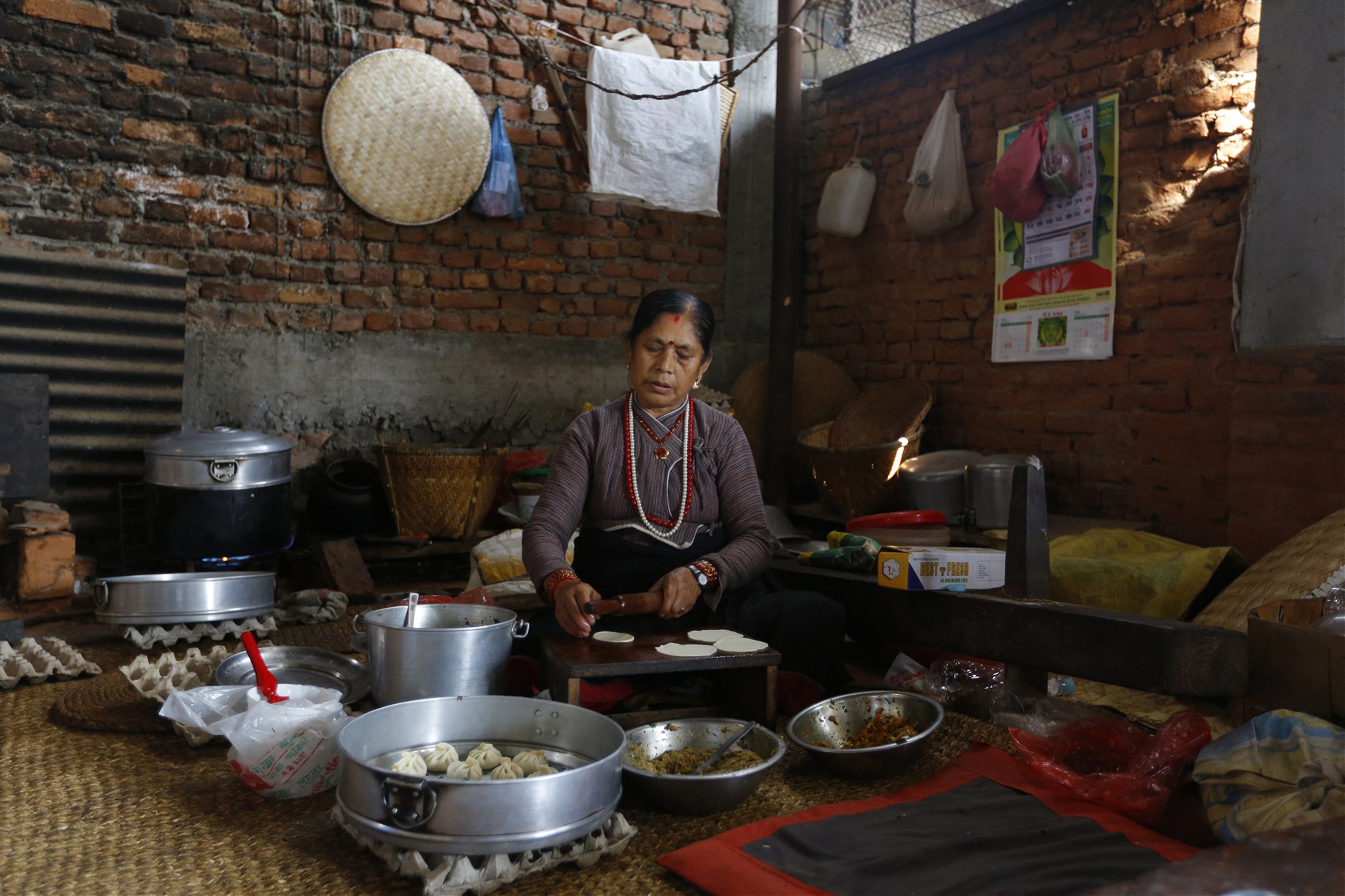

Come to celebrate. Many areas of Kathmandu are, rightly, described as living heritage sites, and festivals are a big part of life for Kathmandu’s indigenous Newar community. During Rato Machchhindranath Jatra, or the chariot festival (in spring and end of summer), celebrants haul a huge wood-and-bamboo chariot containing an idol of the deity Rato Machchhindranath (believed to be the god of harvest and rain) through the streets of Patan to welcome the rainy season. Bisket Jatra, held in mid-April celebrates the Nepali New Year and the spring season. Time your visit to one of these festivals to witness the cultures and traditions that have endured for centuries. The Hindu festival of Holi, the rice-planting festival during monsoon, and the Dashain festival in the autumn are also windows into Nepali culture. (Here’s a comprehensive list of major festivals celebrated in Kathmandu Valley.)

Avoid the monsoon, mostly. One of my colleagues once said that monsoon was the worst season in Kathmandu. She had a point: From late May to early September, Kathmandu gets huge amounts of rainfall. During monsoon, roads are waterlogged because they lack adequate sewage systems, vehicles splash muddy water on you, and even your umbrella may be no match for the downpour. The running joke every monsoon in Kathmandu is that you can row a boat in its flooded streets. But the season also has its share of delights: the rain dripping off the eaves of your guesthouse or hotel, the emerald-green vista that emerges after the rain, and the occasional rainbow.
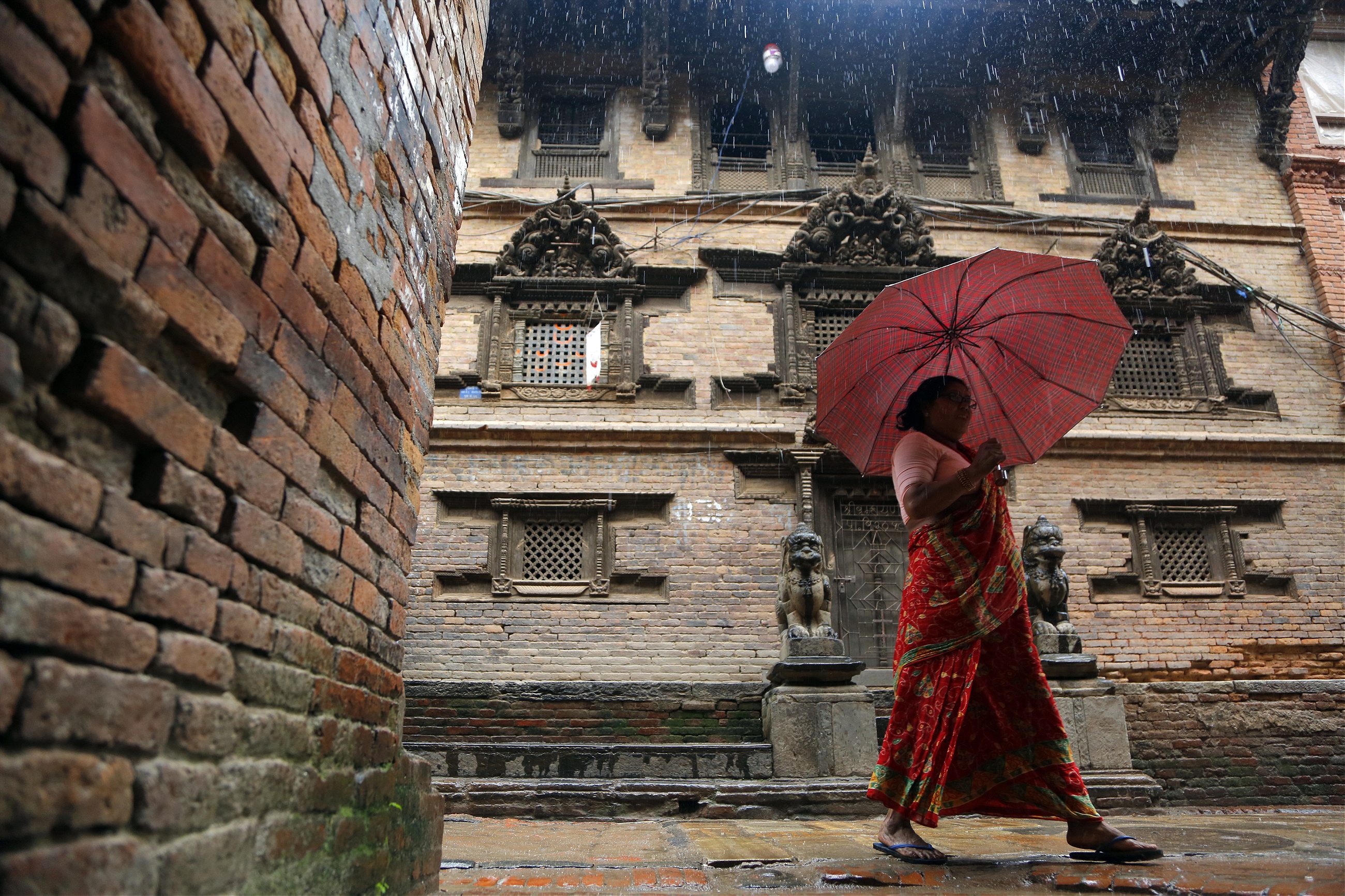

Embrace the one-day weekend. Nepalis observe a one-day weekend, on Saturdays. Sunday is a working day: Offices (except foreign missions and international NGOs), schools, and markets remain open. This convention began by decree in the 1930s during the Rana dynasty (the autocratic rulers who presided over Nepal from 1846 until a popular revolt dislodged them in 1951) and has endured, almost uninterrupted. In the mid-2000s, the government introduced a two-day weekend (Friday and Saturday) for government officials in the Kathmandu Valley, but it was withdrawn a year later.

Appreciate the art. There are murals on the walls of major intersections, private houses, and public buildings—the result of a campaign launched in 2013 by Kolor Kathmandu, which has given the city a much-needed facelift. After the 2015 earthquake, murals became a vehicle to spread messages of hope. Kathmandu has a vibrant art scene, with big galleries such as the Siddhartha Art Gallery and Nepal Art Council Gallery frequently holding exhibitions. Also check out the Taragaon Museum, a former hostel with exhibits focusing on Nepali culture and heritage.
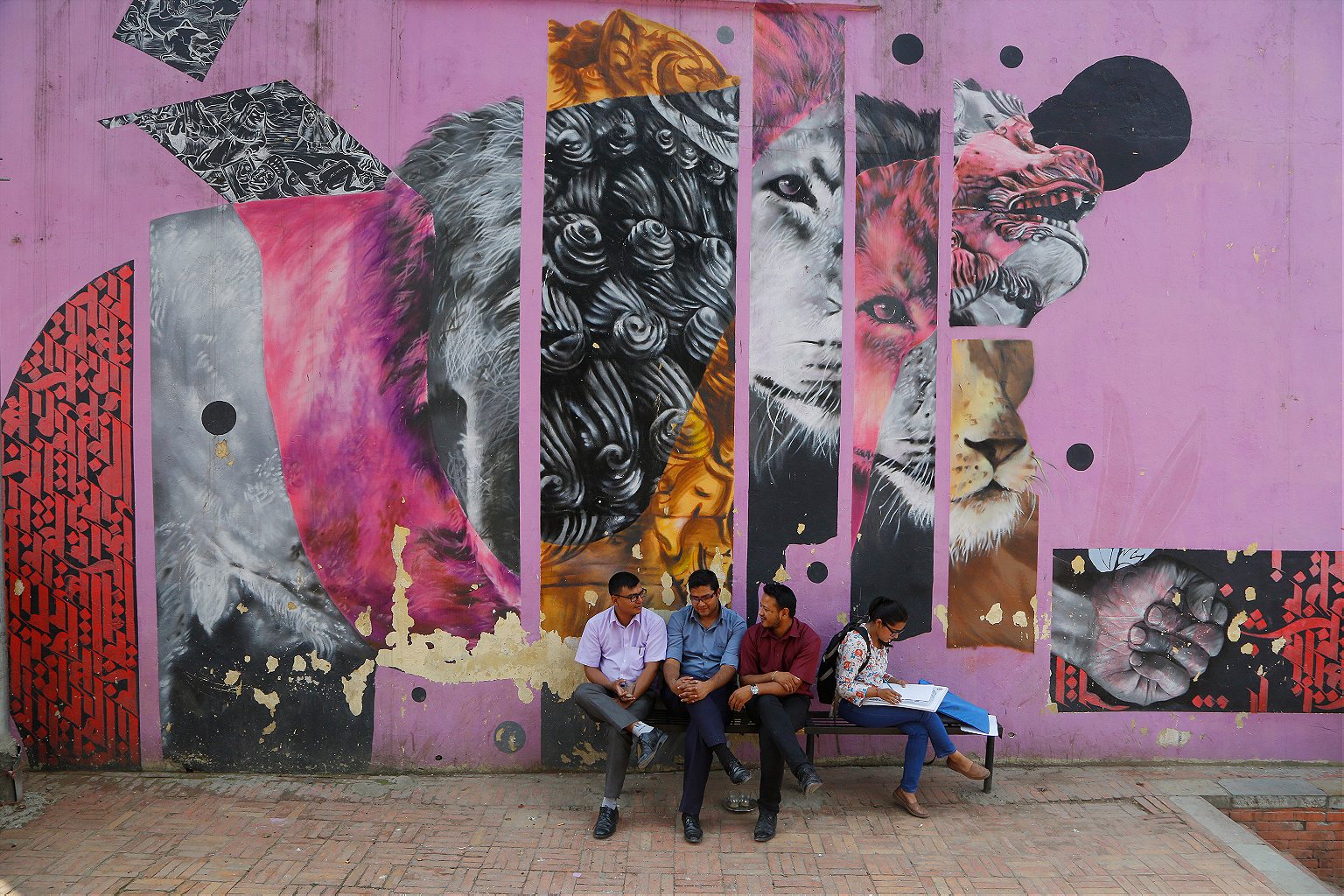


Watch out for strikes and bandhs. Nepal used to be known as a land of bandhs—general strikes that shut down markets, schools, factories, and offices. Though most major political parties have vowed not to organize nationwide shutdowns, smaller groups (political parties or even trade unions) still resort to them to pressure the government, perhaps by using them to try to secure the release of jailed colleagues or to express displeasure with India’s interference in Nepal’s affairs. Keep up with strike announcements by monitoring social media. Though most print newspapers don’t publish calls for general strikes on their pages, digital outlets might, and it’s worth checking if there any bandhs planned during your visit.

See the other Durbar Squares. The Kathmandu Valley is home to three Durbar (royal palace) Squares—in Kathmandu, Bhaktapur, and Patan—with centuries-old palaces listed as UNESCO World Heritage Sites. Kathmandu’s Durbar Square may be the best-known, but it was badly damaged by the earthquake and many of its monuments and temples are still awaiting reconstruction. Local communities in Bhaktapur and Patan, however, steered the reconstruction of their Durbar Squares, presenting a model for faster recovery. Unlike Kathmandu’s, they are well-maintained, and also less crowded. Perhaps most importantly, they have convenient public toilets, which are hard to find around Kathmandu’s Durbar Square.
[Read: Here’s how to spend a day in Patan]
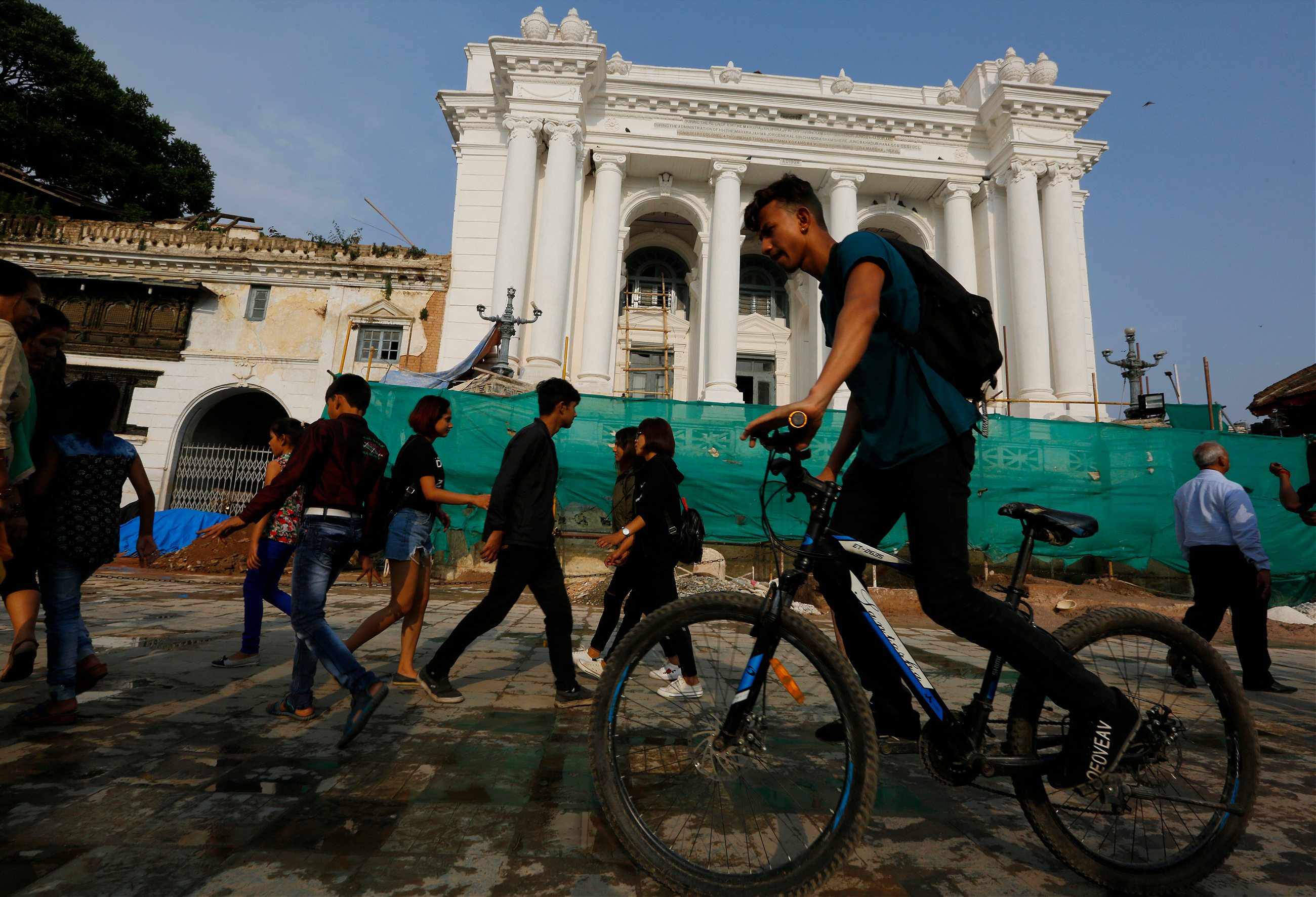

Travel wisely. Getting around Kathmandu can be daunting. The city doesn’t have an efficient mass-transit system, and to the uninitiated, the traffic looks chaotic: drivers don’t follow traffic rules, buses stop in the middle of the road, and bus passengers are crammed into every spare inch. There aren’t too many choices: You will have to hop onto an overcrowded minibus or flag an overcharging taxi. If you do the latter, you should insist that the driver run the meter, and if they driver refuse, don’t be afraid to haggle. For locals, the cabbies normally charge 100 rupees per kilometer, but they may try to bump that up for foreigners. Once you know the distance, try to negotiate the fare. Alternatively, there is Tootle, a bike-sharing app that matches you with motorbike drivers, or Sarathi, a cab-sharing company. Sajha Yatayat—a cooperative that operates buses in the city—offers decent public transport.

Go hiking (or cycling) in the hills. Kathmandu is not just historic squares and ancient monuments. To take in a view of the valley, you have to trek through or cycle along the hills. There are four big hills around Kathmandu: Phulchoki, Shivapuri, Nagarjun, and Champadevi. Hike the trail from Sundarijal to Chisapani, in the northeastern edge of the valley; on a clear day, you can see the Langtang mountain range, and you may see birds in the woods. Here’s a comprehensive list of hiking trails in Kathmandu. If you love to run, try the Stupa to Stupa Marathon, a 54-kilometer trail race. For mountain biking, check out Social Tours.
Ready to explore Kathmandu? Let us help.
— How to prepare for the chaos at Kathmandu’s international airport
— Eat, drink, explore: the ultimate walking tour of Thamel
— History of Kathmandu Valley, explained in 11 dishes